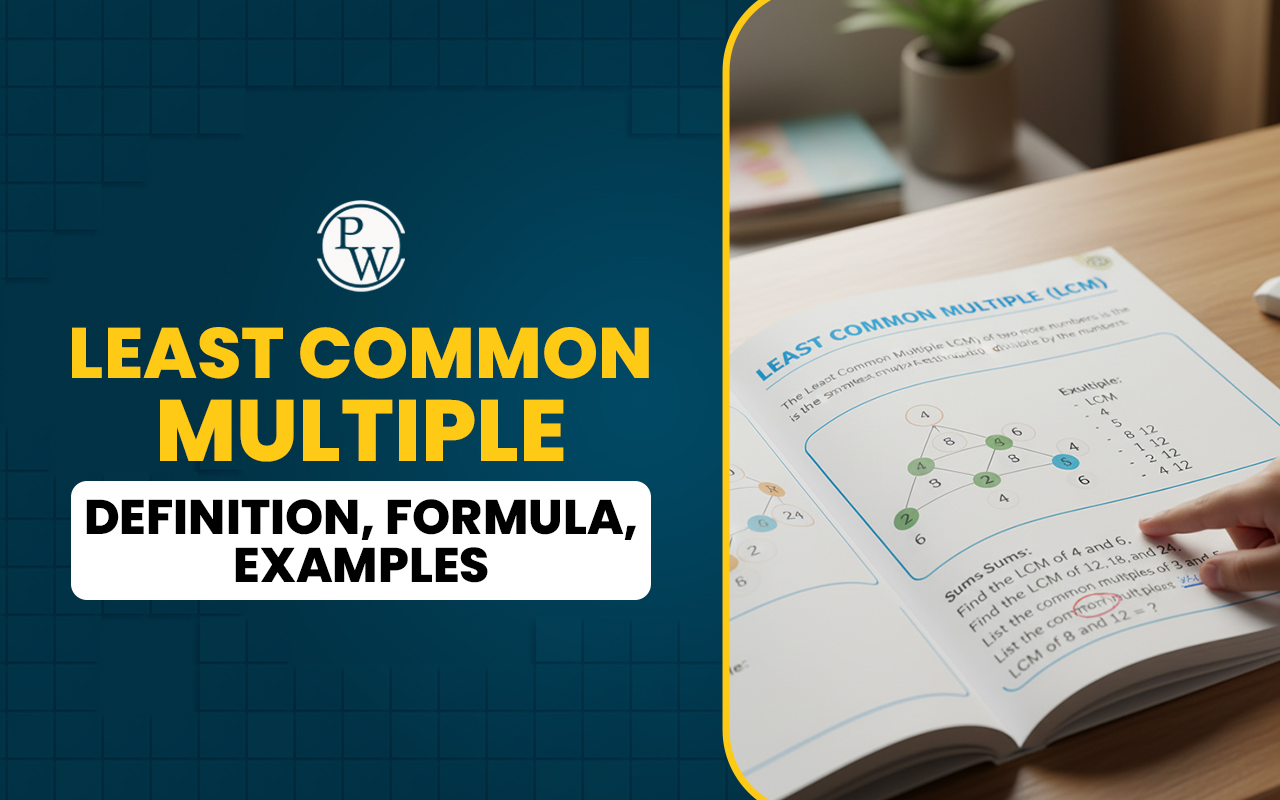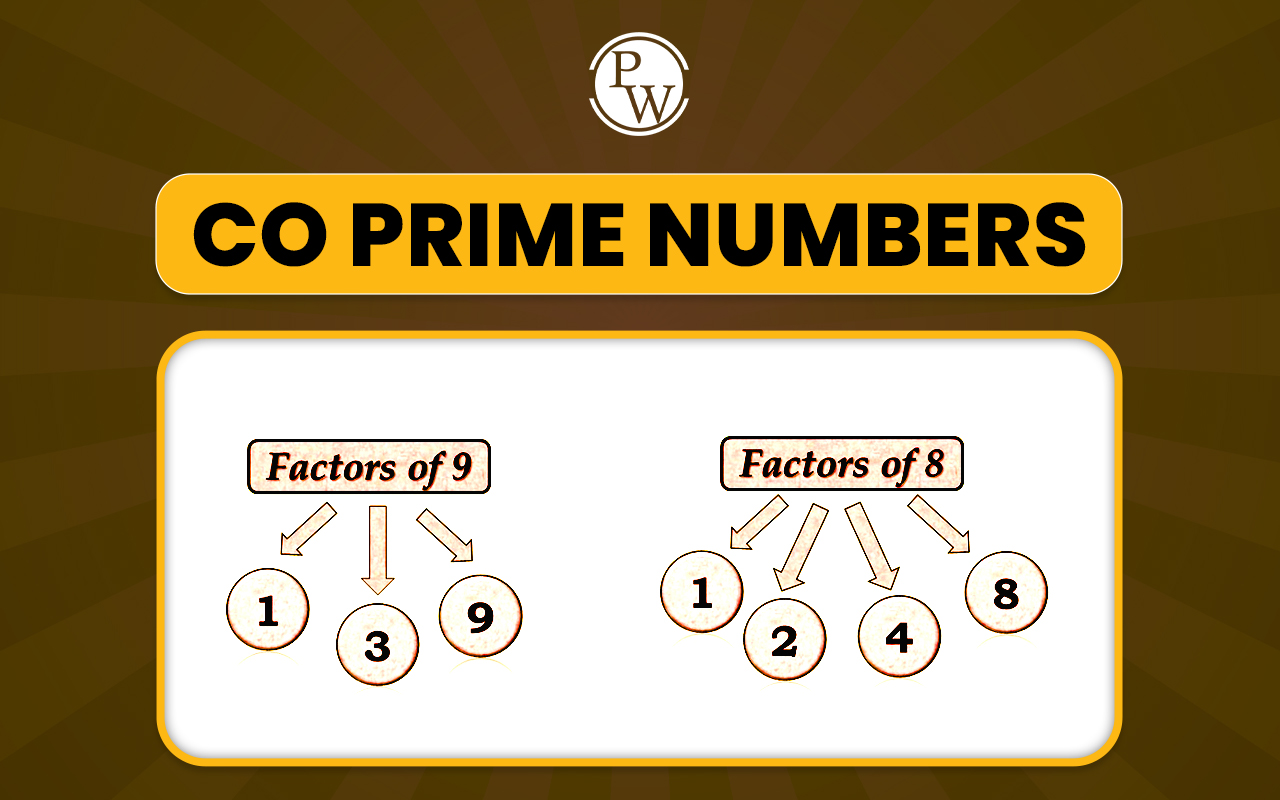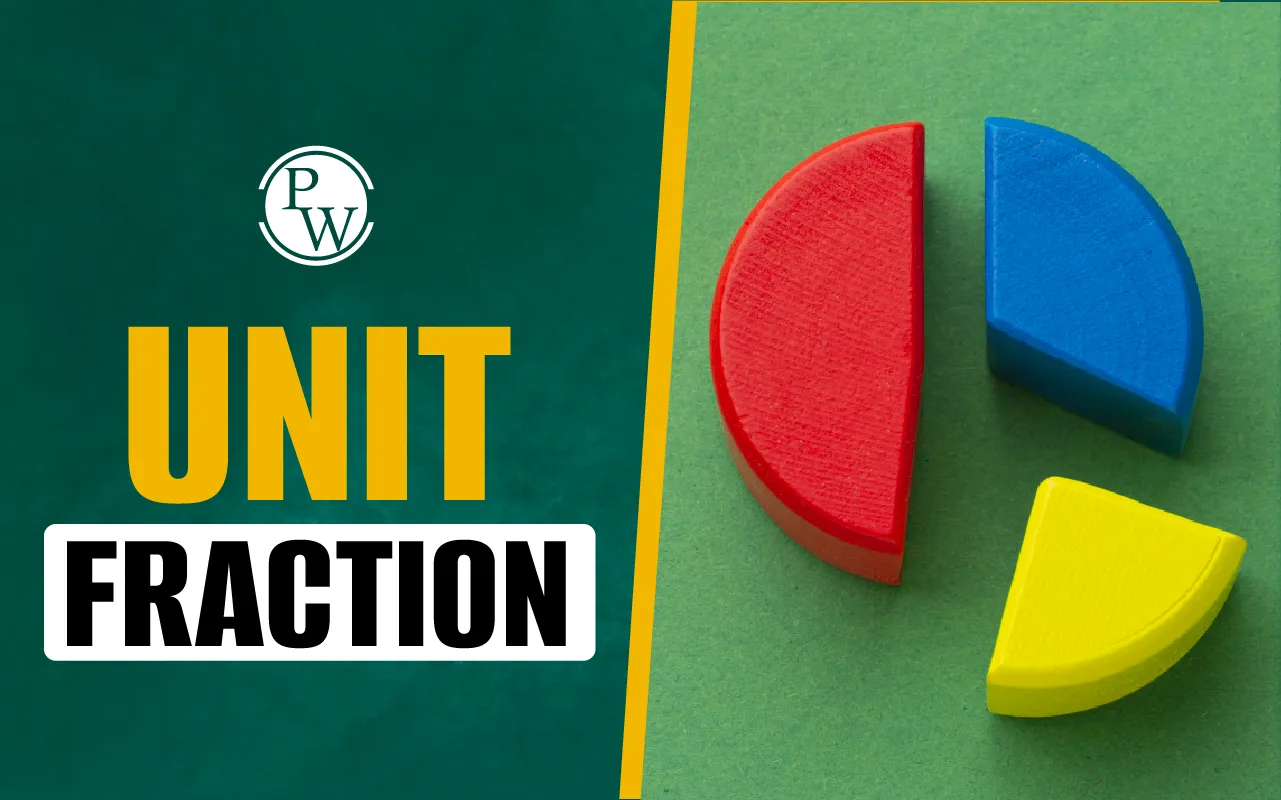
Simple machines are everywhere; we use them frequently in our daily lives. You utilize the mechanical advantage of simple machines when using a bottle opener or pedalling your bicycle.
These simple tools make our tasks easier and more convenient, even without putting much effort and energy into them.
This blog provides a detailed view of different types of simple machines and their working principles, with real-life examples to help you understand and recognize their significant roles in practical life.
Read More: What is sound?
What are Simple Machines?
Simple machines are the tools that help you to perform the work with less effort. There are no complex designs or components involved.
Some simple machines even have no moving parts like any conventional machine. These simple machines are integral to our daily lives for performing various tasks quickly and conveniently.
They are used in numerous applications, from construction and transportation to everyday tools and appliances. The structure of the simple machines may change depending on the applications, but the basic working principle remains the same.
Types of Simple Machines
Simple machines have been used for ages, from the early stages of human civilization. Their working principles are used to create more complex machines. There are six types of simple machines as explained below.
Inclined Plane
It is a flat surface that is tilted at an angle to another surface to form a slope. It helps move objects to a higher position by sliding over the slope with less force than lifting them straight up.
-
Working principle: Lifting an object, especially heavy materials, vertically up to a height requires great force. When an inclined plane is used to slide objects up to the same height, you are required to exert less force. It is because the force is extended over a longer distance.
-
Examples: Loading ramps, slides, sloped roads
Wedge
A triangular-shaped tool can easily split or break apart objects by applying force on the wider surface.
-
Working principle: The applied force is perpendicular to the point of contact at the sharp edge which pushes the portions of the object apart. Since the contact area is very small, the applied force is concentrated over a very small area and generates a good amount of pressure to cut or pierce through the object.
-
Example: Knife, axe, chisel, nail.
Screw
It is a cylindrical object with a grooved surface which extends spirally from one end to another. Its primary use is to fasten objects and hold them in position.
-
Working principle: The screw is rotated while applying a force perpendicular to the groove, which translates into a linear movement. The grooves or threads grip the surrounding material firmly, resulting in a secure hold.
-
Examples: Bolts, lamp holders, jar lids, mounting screws.
Pulley
It consists of a wheel with a groove around its rim where a rope is wrapped. One end of the rope is pulled over the pulley to lift objects fixed at the other end.
-
Working principle: It works with the principle of applying force over a long distance along the rope. As the pulley rotates, less force is required to lift the object hooked at the other end of the rope or cord. It changes the force's direction, making lifting heavy objects easier.
-
Examples: Construction cranes, elevators, blinds of window panes
Wheel and Axle
This machine contains a wheel which is a circular tool attached to a cylindrical shaft which is called an axle. This combination makes it easier to move objects when force is applied to the wheel, causing the axle to move freely.
-
Working principle: A force is applied to the wheel, which causes the axle to rotate, thus multiplying the force. A rope, chord, or chain wrapped around the axle can move an object connected to it.
-
Examples: Bicycle pedals, steering wheels, door knobs.
Levers
This simple machine has a rigid bar that pivots around a fixed point (fulcrum). It is a very useful device for executing tasks with less effort by applying force at different points on the lever.
-
Working principle: The design of the lever allows the user to move a load with minimum effort. When force is applied at a point on the lever, it pivots around the fulcrum and magnifies the force on the object at the other end.
-
Example: Scissors, pliers, tong, bottle opener.
Read More: Work and Energy
Levers: Simple Machines in Detail
Levers are the most common simple machines we frequently use in real life. Levers work on the principle based on the relative positioning of the fulcrum, effort, and load. Levers are classified into three types of levers based on the position of the fulcrum. Let's explore them in detail:
-
First Class Lever: The Fulcrum is between the effort and the load, placed at two opposite ends of the lever. Examples are: scissors and pliers.
-
Second Class: Fulcrum is at one end, and effort is given at the other. The load is between the fulcrum and the effort. Examples are a bottle opener and a nutcracker.
-
Third Class: Effort is given in a position between the fulcrum and the load, placed at two opposite ends of the lever. Examples are: tong, tweezers.
The mechanical Advantage of a lever is calculated as follows:
Mechanical Advantage = Effort Arm/Load Arm
The effort arm is the distance between the fulcrum and the point where effort is applied, and the load arm is the distance between the fulcrum and the load point.
The above definition implies that the greater the effort arm, the greater the lever's mechanical advantage.
Read More: Types of magnets
Simple Machine Examples in Real Life
We frequently use many tools to carry out tasks by utilizing the principle of simple machines. Here are some common examples of simple machines that we come across in daily life.
|
Simple Machines in Real Life |
|
|
Tools/Devices |
Type of simple machine |
|
Knife |
Wedge |
|
Wheelbarrow |
Lever + Wheel and Axle |
|
Scissors |
Lever + Wedge |
|
Screwdriver |
Wheel and Axle + Screw |
|
Nail |
Wedge |
|
Ramp |
Inclined plane |
|
Door with hinges |
First class lever |
|
Chopsticks |
Third class lever |
How To Teach Kids About Simple Machines
Simple machines can be introduced to children in a fun and interactive way. Here are a few ways to make the learning interesting and engaging:
-
Use everyday objects to help them understand the simple machine concepts and working principles.
-
Conduct practical experiments to demonstrate how a simple machine provides an Advantage in carrying out tasks easily.
-
Please encourage them to create models of simple machines and demonstrate how they work.
Simple machines are incredibly useful to help us accomplish tasks that would otherwise require a lot of effort. Learning about the kinds of simple machines and identifying their examples in daily life can help students develop conceptual clarity and practical knowledge about simple machines.
Also read: Three States of Matter- Solid, Liquid and Gas
Spark Your Child's Curiosity with Learning at CuriousJr Online Tuition Classes
Is your child finding it hard to stay focused in studies? Do they often forget what they've learned or struggle with basic concepts? CuriousJr is here to help. Our live online tuition classes focus on an interactive and engaging learning approach for students from Classes 3 to 8.
How CuriousJr supports your child's academic journey:
-
Daily interactive sessions keep students involved and focused, to help them understand and retain concepts.
-
Our tuition classes cover Maths, Science, English, and Social Studies to give your child well-rounded academic support.
-
Lesson plans are designed with visual aids, real-world examples, and relatable explanations to simplify complex ideas.
-
Each student receives individual attention and guidance from two dedicated mentors for real-time doubt clearing and clarity of concepts.
-
Performance tracking through regular assessments and personalized feedback helps students improve steadily and confidently.
At CuriousJr, we aim to help your child build a strong foundation, develop a love for learning, and excel in school and beyond. Book a demo class today and see the difference CuriousJr can make in your child's learning journey.
Simple Machines FAQs
Is a broom considered a simple machine?
How do I increase the mechanical advantage of the first-class lever?
Is the mechanical advantage of a lever always greater than one?
What type of simple machine is the bottle cap?










